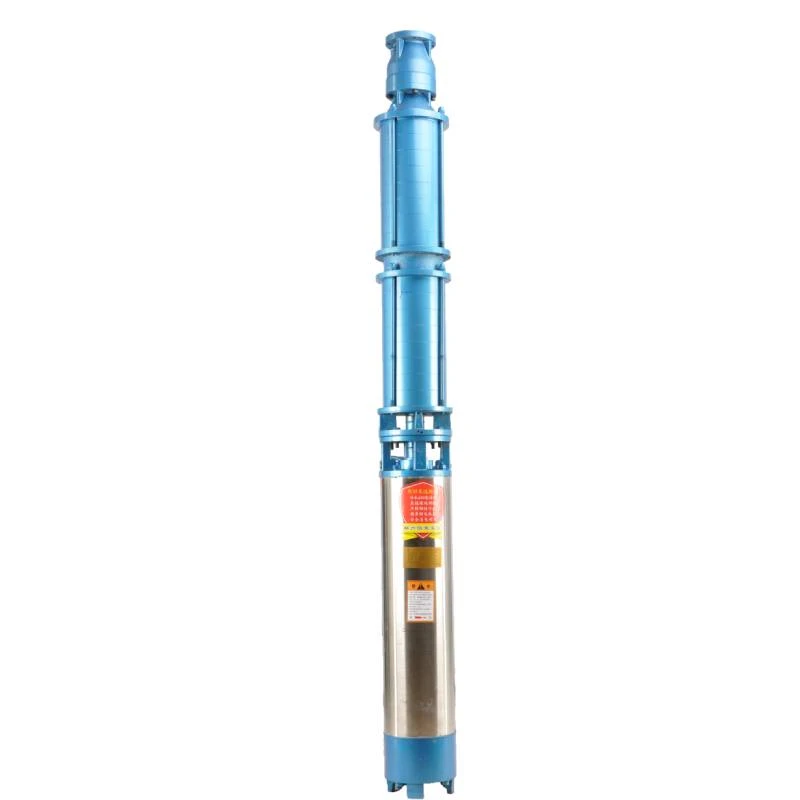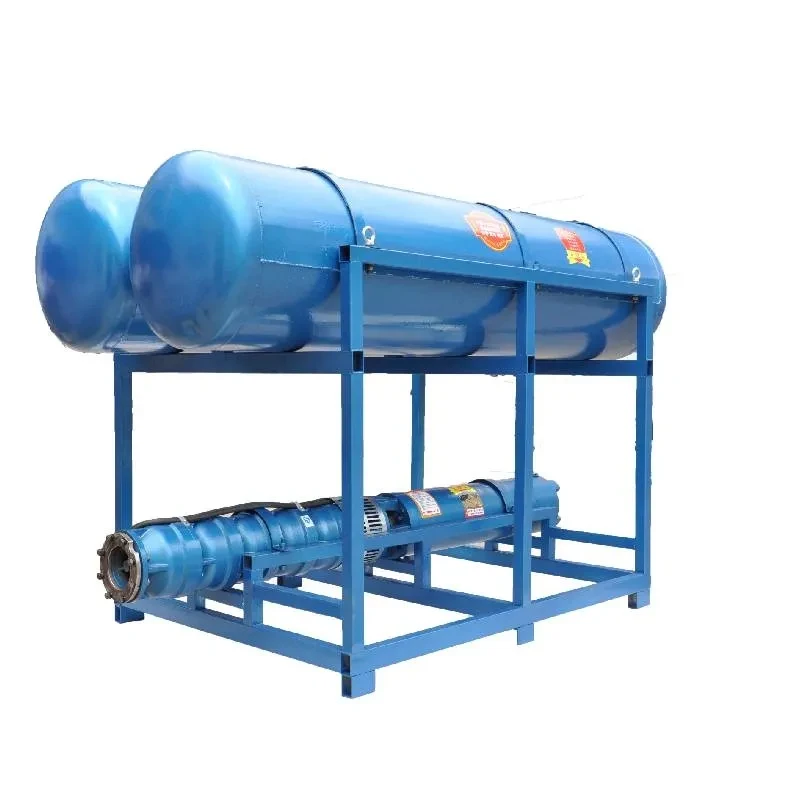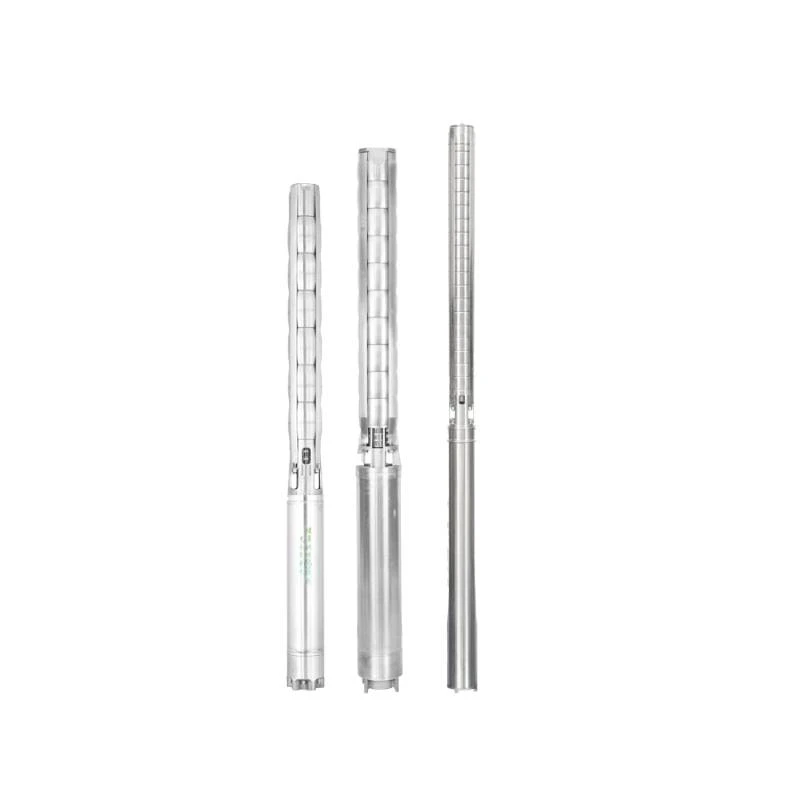Sep . 06, 2024 23:26 Back to list
Deep Well Suction Pump - Efficient Water Extraction Solutions
Understanding Deep Well Suction Pumps A Fundamental Overview
Deep well suction pumps are essential devices utilized in various applications requiring the extraction of water or other fluids from significant depths. As their name suggests, these pumps are particularly effective in deep well scenarios, where traditional surface pumps may struggle to operate efficiently. This article aims to provide a comprehensive overview of deep well suction pumps, their components, working principles, applications, and maintenance considerations.
Components of a Deep Well Suction Pump
A deep well suction pump comprises several critical components that work together to ensure efficient operation. The main parts include
1. Pump Body This is the primary structure that houses all other components. It is typically made of durable materials that can resist corrosion and wear.
2. Impeller This rotating component is vital for generating the hydraulic pressure necessary to lift water from deep wells. The design of the impeller can vary based on specific application requirements.
3. Suction Pipe This pipe extends down into the well, allowing the pump to draw water from depth. It is designed to minimize friction losses and can be customized based on the well's specifications.
4. Motor The motor drives the impeller and is crucial for the pump's functionality. Electric motors are commonly used, but other types (e.g., diesel engines) may be employed depending on the application.
5. Discharge Pipe After the water is pumped to the surface, it travels through the discharge pipe for distribution.
Working Principle
deep well suction pump

Deep well suction pumps operate based on the principles of centrifugal force. When the pump is activated, the motor drives the impeller, which creates a low-pressure area at the suction inlet. This pressure difference causes water from the well to flow into the pump. As the water enters, the rotating impeller imparts kinetic energy to it, converting this energy into pressure and pushing the water upwards through the discharge pipe.
It's important to note that deep well suction pumps rely on atmospheric pressure to function effectively. Thus, they are generally suitable for wells where the water level is not more than 25 feet below the surface. For deeper water sources, submersible pumps are often preferred.
Applications
Deep well suction pumps find applications across various industries. They are commonly used in agricultural irrigation systems to extract groundwater for crop irrigation. In the municipal sector, these pumps supply water to residents by drawing from deep aquifers. Additionally, they are employed in industrial settings for processes where large volumes of water are needed.
Maintenance Considerations
Proper maintenance of deep well suction pumps is vital to ensure reliable performance and longevity. Regular inspections should be conducted to check for wear and tear, especially on the impeller and seals. Additionally, monitoring the motor's performance and ensuring it operates within recommended parameters can prevent malfunctions.
Cleaning the suction strainer is also essential, as debris can obstruct water flow and reduce efficiency. Regular maintenance not only extends the lifespan of the pump but also ensures optimal performance in critical applications.
Conclusion
In summary, deep well suction pumps are indispensable in many contexts, from agriculture to municipal water supply. Understanding their components, operating principles, and maintenance needs allows users to leverage these pumps effectively. With proper care, deep well suction pumps can provide a reliable source of water for various needs, supporting both productivity and sustainability in resource management.
-
Troubleshooting for Water-Filled Submersible Pumps
NewsJun.04,2025
-
Troubleshooting for Floating Deep Well Submersible Pumps
NewsJun.04,2025
-
How to Choose SS Submersible Pump for Deep Well Applications
NewsJun.04,2025
-
Floating Deep Well Submersible Pump Cost: Factors Affecting Pricing
NewsJun.04,2025
-
Buying Guide for Deep Well Submersible Pumps
NewsJun.04,2025
-
Best Submersible Pumps for Agriculture and Irrigation
NewsJun.04,2025
-
 Troubleshooting for Water-Filled Submersible PumpsSubmersible pumps are essential for various applications, including irrigation, drainage, and water supply systems.Detail
Troubleshooting for Water-Filled Submersible PumpsSubmersible pumps are essential for various applications, including irrigation, drainage, and water supply systems.Detail -
 Troubleshooting for Floating Deep Well Submersible PumpsWhen it comes to reliable water extraction solutions, the floating deep well submersible pumps stands out as a top choice for both residential and industrial applications.Detail
Troubleshooting for Floating Deep Well Submersible PumpsWhen it comes to reliable water extraction solutions, the floating deep well submersible pumps stands out as a top choice for both residential and industrial applications.Detail -
 How to Choose SS Submersible Pump for Deep Well ApplicationsWhen it comes to deep well water extraction, selecting the right pump is crucial for efficiency, durability, and long-term performance.Detail
How to Choose SS Submersible Pump for Deep Well ApplicationsWhen it comes to deep well water extraction, selecting the right pump is crucial for efficiency, durability, and long-term performance.Detail
